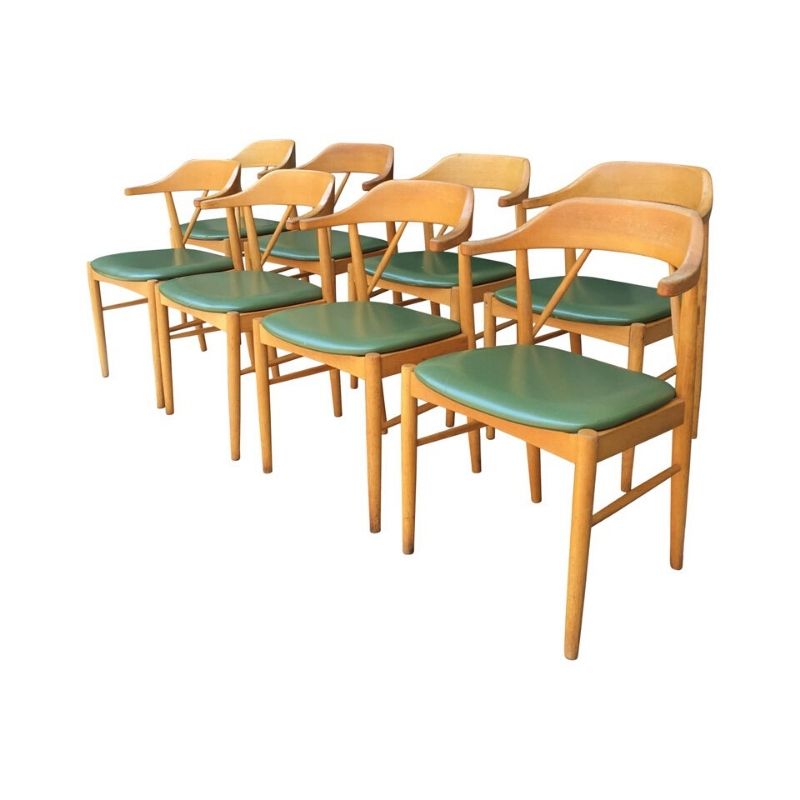FUCO...
Thanks for your detailed response and I found it very insightful.
I suspect that if you and your team can approach a competition while in school with this much insight and execution, that our energy efficiency issues down the road can be met by your generation. Why do I think this? Because I believe that any group of students smart enough to design to the set of constraints that you were facing, will be smart enough to find your ways through the constraints of experience being voiced on this board.
I was once a feasibility analyst in real estate. I had a wise friend who taught me something incredibly profound. Reality is an n dimensional lattice. What seems like a prohibitive constraint at first can become part of the cornerstone, or the capstone of a new fit. One of the points of an education is to teach persons that the only difference between the unfeasible and the feasible is the need for more information about the lattice. There is always another way, another worm hole, another path, another door, another inversion, another quarter rotation, another way of getting persons with differing POVs to re-think and re-see problems and allow the prism of imagination to disaggregate, or reaggregate, the very things that seem utterly impossible.
What must temper the hubris that flows so naturally and seductively from this insight is, however, that we must always ask: in searching for the new path, are entering a red queen game? Does our successful solutions to the constraints truly moves us ahead, or do they keep us running ever faster toward the paramount goal that we never catch up to?
Your ingenuity of your project greatly reinforces to me that the lattice has hardly been tapped on this issue.
The skepticism and criticism of DAers here raises the question whether or not your design may have fallen into a red queen trap; that it could run and run and run and never catch up to the constraint Heath notes.
What Heath points out is a very real constraint, whether one would like it to be, or not.
My guess is that if you and your team were to reconnect virtually and explore Heath's comments, and perhaps others, in regards to this project, you now have the distance to learn a great deal from the process.
You now have the distance to look at it and decide if there is away around the red queen, or if she rules.
Finding a path through the Matrix is not the same as finding fit within it, or substantially altering the purpose of the Matrix.
When you are talking about altering homes, you are talking about altering one of the greatest legacy matrices in the human ecology.
Red pill, or blue?
The choice is yours.
hmmm...
good thoughts, all. You should know that many of us had and continue to have misgivings about the competition, for many reasons. It should be understood that the decathlon is above all else an engineering competition - only one of the contests is about architecture.
The notion of the red queen and her race is certainly applicable here. If you look at entries from years past and compare them to the average home in 2007, you will see a significant leap in technologies, equable to the difference between dirt-track derbies and formula one racing. Our school will probably never enter again, because the bar of technology keeps on going higher. The winning team in 2007 partnered with one of the biggest PV manufacturers in the world. They designed and built custom louvered panels that tracked the sun. Totally mechanized.
I don't think these homes are really meant to be publicly consumed - similar to the high performance prototypes that compete in races, to take the race car analogy further. Nobody drives formula one cars to the grocery store. We never thought of ours as truly a home, more an exhibit, or an experiment. We never expected anyone to build something straight from our plans (though we did get some inquiries, and I assume the other teams did, as well).
In terms of Heath's central point - i.e. that he does not prefer certain materials, strategies, etc., I don't think that is a germain argument. Everyone has their own tastes; there is no system or design that would appease everyone. That is a "red queen race," too. Luckily, we don't even have to try; there are a rather large number of home designers out there, so if Heath wants travertine or Brazilian hardwood, then by all means have at it. There is probably no reason to discuss budget; we did sometimes have to compromise, as do most built projects out there. From what I have gathered about the competition, our budget was one of the more conservative.
This is not offered as a defense; I think we all knew that this was a first step, for all concerned, including faculty. Architecture school is still very much tied up in formalism, as several here have put it, and is not very much about salient issues such as construction, building performance, issues of place, society, etc. If those things are there at all they are window dressing.
Regardless, I don't know that we can blame the schools. It simply takes a long time to learn to design well; to take in to account all relevant variables. One of my teachers said that you aren't truly an architect until you are about fifty. I think, now, that he was probably right.
If you need any help, please contact us at – info@designaddict.com









